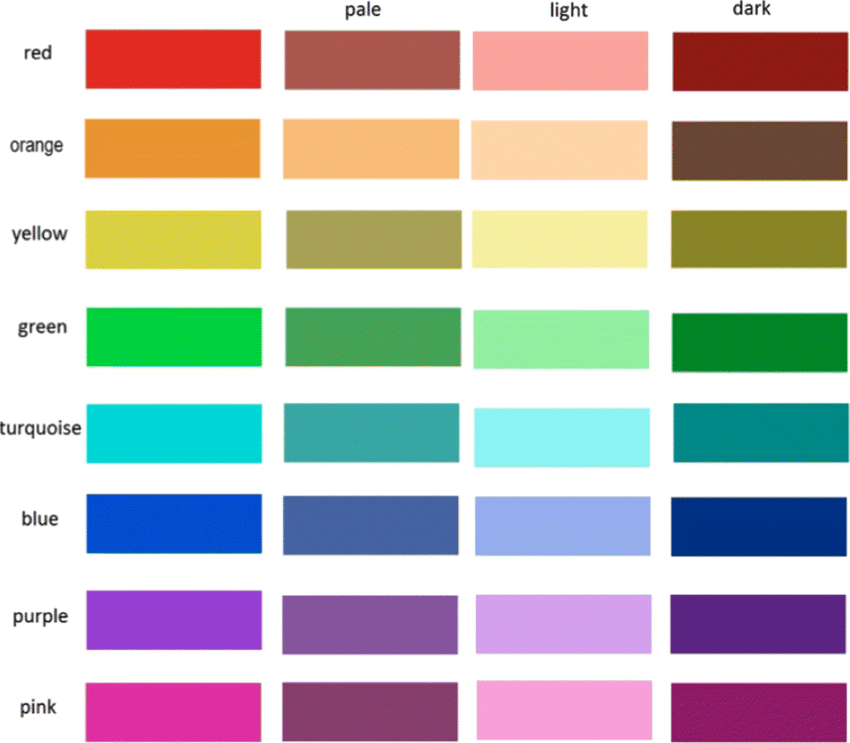Colors are more than just a visual experience; they have profound psychological and emotional impacts on our lives. The notion that colors can influence our moods and behaviors is not only universally accepted but also supported by scientific research. Furthermore, the use of colors in treating certain conditions, known as chromotherapy or color therapy, highlights the therapeutic potential of colors. Let’s delve into the fascinating world of colors and their effects on the human soul.
Red is often associated with strong emotions such as love, passion, and anger. It is a stimulating color that can increase heart rate and blood pressure, making us feel more energized and alert. This color is commonly used in environments where activity and excitement are desired, such as gyms or fast-food restaurants. Red’s ability to grab attention also makes it a popular choice in marketing and advertising.
Blue, on the other hand, has a calming effect on the mind and body. It can lower heart rate and blood pressure, promoting a sense of peace and tranquility. This is why blue is often used in bedrooms and hospitals to create a restful environment. In the workplace, blue can enhance productivity by creating a serene and focused atmosphere.
Yellow is associated with happiness and energy. It is known to stimulate mental activity and can make us feel more optimistic. However, too much yellow can be overwhelming and lead to feelings of anxiety. Therefore, it’s best used in moderation, especially in spaces meant for relaxation.
Green, the color of nature, symbolizes growth and renewal. It has a soothing effect and is often used in spaces where relaxation and rejuvenation are needed. Green is also believed to help with balance and harmony, making it a popular choice for home décor and offices.
Purple is often linked to creativity and luxury. It combines the stability of blue and the energy of red, creating a sense of balance. Purple can stimulate the imagination and is often used in creative spaces. In history, it was a color associated with royalty and nobility, which is why it still evokes a sense of sophistication.
Beyond the psychological impacts, colors are also used in chromotherapy, a method of treatment that uses the visible spectrum of light to heal. For instance, red light is used to stimulate the body and increase circulation, while blue light can have a calming effect and is used to treat conditions such as insomnia and anxiety. Green light is believed to promote healing and balance, and yellow light is thought to help with digestion and improve mood.
The science behind chromotherapy is rooted in the idea that different colors have different wavelengths and energies that can affect the body’s energy fields. While more research is needed to fully understand the mechanisms, many people find chromotherapy to be a beneficial complementary treatment.
In conclusion, the effects of colors on the human soul and their emotional impact are well-documented and scientifically supported. From influencing our moods and behaviors to offering therapeutic benefits, colors play a significant role in our lives. Whether through the strategic use of colors in our environments or through color-based therapies, understanding the power of colors can help us harness their benefits for improved well-being.

